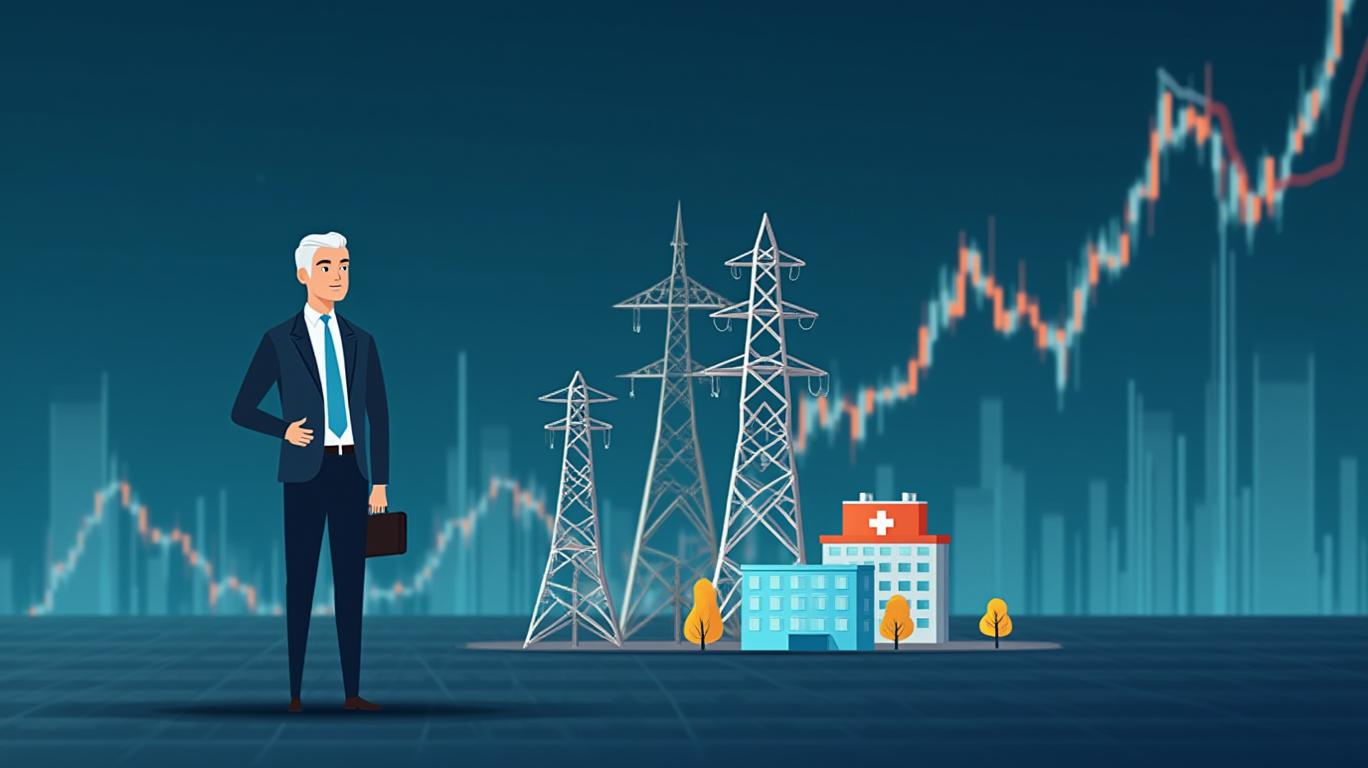Navigating Market Volatility After Moody’s U.S. Downgrade: Opportunities in Rate-Sensitive Sectors
The Moody’s downgrade of U.S. credit from
to Aa1 on May 16, 2025, has sent shockwaves through global markets, amplifying fears of rising borrowing costs and fiscal instability. While the immediate reaction may fuel volatility, this seismic shift presents a rare opportunity for investors to exploit dislocations in fixed-income markets and identify equity sectors insulated from the storm.
Fixed-Income: Capitalizing on Dislocations
The downgrade has already triggered a sharp rise in Treasury yields as investors demand higher compensation for perceived risk. While this creates headwinds for long-duration bonds, it opens doors for strategic investors to capitalize on mispriced opportunities:
Short-Term Treasuries: With the Federal Reserve’s pause in rate hikes and the downgrade-induced flight to safety, short-term government bonds (e.g., 2–5 year maturities) offer a haven. Their lower duration exposure mitigates interest rate risk while providing yields now above 5%.
Floating-Rate Instruments: Loans tied to short-term rates (e.g., bank loans, floating-rate ETFs like FLRN) benefit as rates stabilize, offering steady returns unburdened by duration drag.
High-Quality Corporate Debt: Companies with fortress balance sheets (e.g., Microsoft, Johnson & Johnson) see spreads widen artificially due to panic, creating entry points for their investment-grade bonds.
Equity Resilience: Anchoring in Stability
While broader markets may oscillate, sectors with pricing power, inelastic demand, and defensive cash flows stand out:
Utilities: Regulated monopolies like NextEra Energy (NEE) or Dominion Energy (D) thrive in high-rate environments due to rate-based earnings and dividend stability. Their bond-like profiles are now undervalued relative to Treasuries.
Consumer Staples: Procter & Gamble (PG), Coca-Cola (KO), and Walmart (WMT) offer recession-resistant revenue streams. Their low beta and consistent dividends act as ballast in turbulent markets.
Healthcare: Defensive sectors like pharmaceuticals (e.g., Pfizer PFE) and healthcare REITs (e.g., HCN) benefit from aging populations and inelastic demand. The Healthcare SPDR (XLV) has outperformed the S&P 500 by 8% YTD, a trend poised to continue.
Real Estate (Selectively): While rising rates pressure REITs, those with strong occupancy (e.g., Prologis (PLD) in logistics) or inflation-hedging properties (e.g., Equity Residential (EQR)) can thrive. Avoid those overexposed to cyclical sectors like retail.
Risks and Prudent Considerations
- Political Gridlock: Moody’s cited governance failures as a key downgrade factor. Investors must monitor Washington’s ability to address debt ceilings and fiscal discipline. A failure to pass meaningful reforms could reignite volatility.
- Inflation Lingering: While the Fed pauses, core inflation remains stubbornly above 3.5%. Sectors sensitive to cost pressures (e.g., airlines, autos) face headwinds.
- Dollar’s Reserve Status: The downgrade may accelerate dollar diversification by foreign central banks, pressuring the currency and U.S. exports.
Time to Act: The Contrarian Play
The markets are pricing in fear, but the fundamentals of the U.S. economy—its innovation, labor market strength, and dollar dominance—remain intact. For investors, this is a moment to:
- Rotate into short-duration fixed income to shield against rate uncertainty.
- Overweight utilities and healthcare equities, which offer 4–6% dividends and growth.
- Avoid long-duration bonds and cyclical equities until clarity emerges on fiscal reforms and inflation.
The downgrade is a catalyst, not a catastrophe. Those who act decisively now will position themselves to capitalize on the next phase of this market cycle.
The window is open—investors who move swiftly can turn today’s dislocations into tomorrow’s gains.

Comments
No comments yet